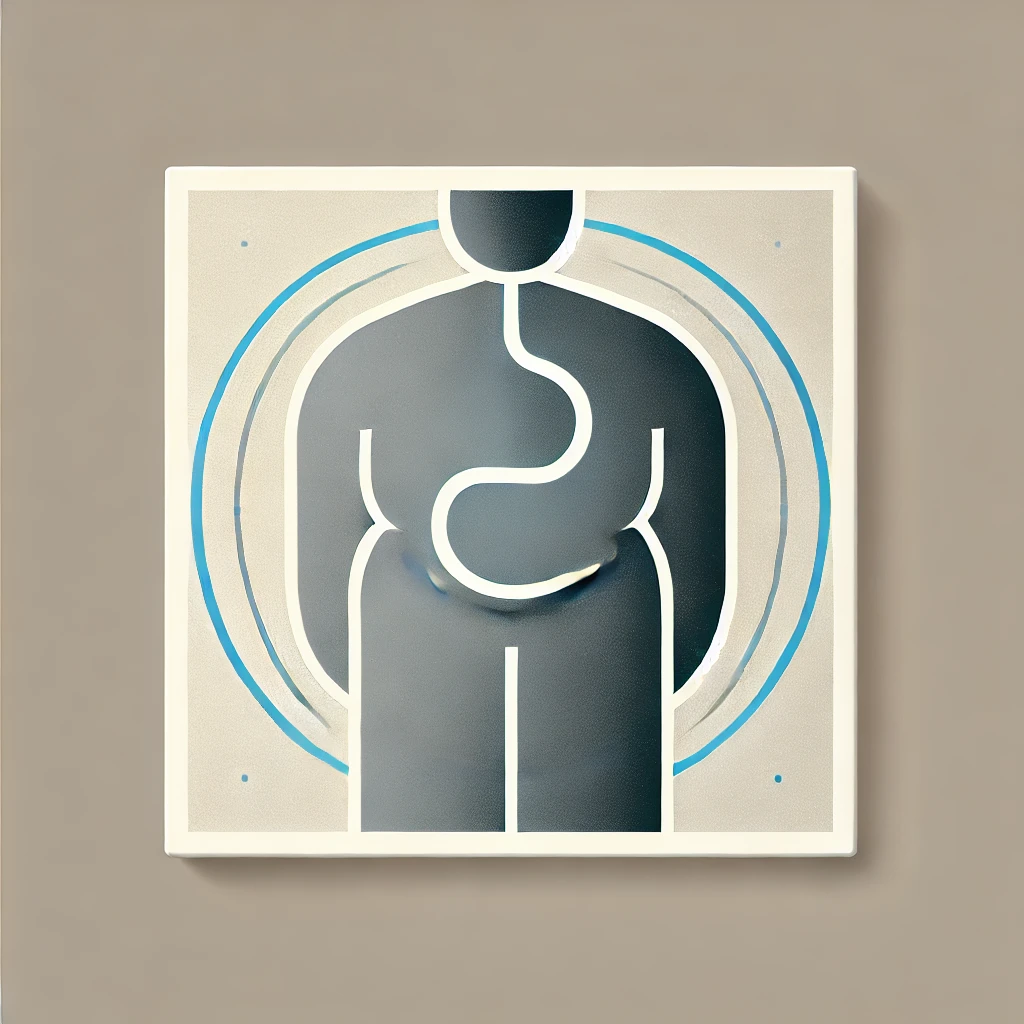1. Introduction
Obesity: Comprehensive Guide for Healthcare Professionals and Patients
- Definition: Obesity is defined as excessive fat accumulation that presents a risk to health, typically measured by Body Mass Index (BMI) ≥ 30 kg/m².
- Epidemiology: A global public health crisis affecting over 650 million adults. Increases risk of cardiovascular diseases, diabetes, cancers, and musculoskeletal disorders.
- Significance: Obesity shortens lifespan, reduces quality of life, and burdens healthcare systems. Prevention and treatment are essential at both individual and policy levels.
2. Causes and Risk Factors
- Causes:
- Positive energy balance (calories in > calories out).
- Genetic predisposition (e.g., MC4R mutations).
- Hormonal imbalances (e.g., hypothyroidism, Cushing’s syndrome).
- Risk Factors:
- Sedentary lifestyle.
- High-calorie diet rich in processed foods.
- Psychological factors: stress, depression, binge eating disorder.
- Socioeconomic factors: poor access to healthy foods.
- Certain medications: corticosteroids, antidepressants, antipsychotics.
3. Pathophysiology
- Excess calorie intake leads to adipocyte hypertrophy and hyperplasia.
- Adipose tissue secretes inflammatory cytokines (TNF-α, IL-6), leading to insulin resistance.
- Chronic low-grade inflammation disrupts metabolic regulation, increasing risk of T2DM, atherosclerosis, and NAFLD.
4. Symptoms and Features
- Physical: Weight gain, excessive fat around abdomen, breathlessness, fatigue, joint pain.
- Psychological: Low self-esteem, social isolation, depression, body image dissatisfaction.
- Metabolic: Hypertension, dyslipidaemia, insulin resistance, hyperglycaemia.
5. Complications
- Cardiovascular: Hypertension, coronary artery disease, stroke.
- Endocrine/Metabolic: Type 2 diabetes, PCOS, dyslipidaemia, gout.
- Gastrointestinal: NAFLD, gallstones, reflux disease.
- Musculoskeletal: Osteoarthritis, back pain.
- Respiratory: Obstructive sleep apnoea.
- Reproductive: Infertility, complications during pregnancy.
- Cancers: Increased risk of breast, colon, prostate, and uterine cancers.
6. Diagnosis
- BMI Classification:
- Overweight: 25–29.9 kg/m²
- Obese: ≥30 kg/m²
- Morbid obesity: ≥40 kg/m²
- Waist Circumference:
- 102 cm (men), >88 cm (women) indicates central obesity.
- Blood Tests:
- Fasting glucose, HbA1c, lipid profile, liver enzymes.
- Thyroid Function Test: Rule out hypothyroidism.
7. Management Overview
- Goals: Achieve sustainable weight loss (5–10%), reduce comorbidities, improve quality of life.
- Approach:
- Lifestyle modifications.
- Pharmacotherapy for eligible patients.
- Bariatric surgery for severe or refractory obesity.
8. Treatment Options with Cost (USD)
- Dietitian/Nutritionist Consultation: $50–$150/session.
- Exercise Program: $30–$100/month.
- Weight Loss Medications: $100–$1,300/month depending on the drug.
- Cognitive Behavioural Therapy (CBT): $70–$200/session.
9. Advanced Treatment Options with Cost (USD)
- Bariatric Surgery:
- Sleeve gastrectomy: $10,000–$20,000.
- Gastric bypass: $15,000–$30,000.
- Adjustable gastric banding: $8,000–$15,000.
- Endoscopic options (e.g., gastric balloon): $5,000–$8,000.
10. Pharmacological Treatment
- Indications: BMI ≥30, or ≥27 with comorbidities.
- First-line:
- Orlistat.
- GLP-1 receptor agonists (e.g., liraglutide, semaglutide).
- Second-line:
- Phentermine-topiramate.
- Bupropion-naltrexone.
11. Medication Tables
Table 1: Doses and Side Effects
| Drug | Dose | Common Side Effects |
|---|---|---|
| Orlistat | 120 mg TID with meals | Oily stools, flatulence, diarrhoea |
| Liraglutide (Saxenda) | 3.0 mg SC daily (titrated) | Nausea, vomiting, constipation |
| Semaglutide (Wegovy) | Up to 2.4 mg SC weekly | Nausea, diarrhoea, fatigue |
| Bupropion/Naltrexone | 8/90 mg BID | Headache, nausea, increased BP |
Table 2: Brand Names and Approximate Costs (USD)
| Drug | Brand Names | Approx. Monthly Cost |
|---|---|---|
| Orlistat | Xenical, Alli | $100–$200 |
| Liraglutide | Saxenda | $1,200–$1,300 |
| Semaglutide | Wegovy | $1,000–$1,300 |
| Bupropion/Naltrexone | Contrave | $600–$800 |
12. Lifestyle Interventions
- Diet: Caloric deficit of 500–750 kcal/day; high-fibre, low-fat foods.
- Physical Activity: ≥150 minutes/week of moderate aerobic exercise.
- Sleep Hygiene: Aim for 7–9 hours/night.
- Behavioural Therapy: Goal-setting, meal planning, food journaling.
13. Monitoring Parameters
- Weight, BMI, waist circumference.
- Blood pressure.
- HbA1c and fasting glucose.
- Lipid profile.
- Liver and thyroid function tests.
14. Patient Counseling Points
- Obesity is a chronic, relapsing disease, not a personal failure.
- Encourage realistic goals: 5–10% weight loss = significant health gains.
- Lifestyle change is long-term, not a quick fix.
- Address emotional triggers, stress eating, and stigma.
15. Special Populations
- Children: Use age and sex-specific growth charts; avoid weight-loss drugs.
- Pregnancy: Focus on healthy weight gain; obesity increases risk of GDM, preeclampsia.
- Elderly: Evaluate sarcopenic obesity; ensure nutritional adequacy.
16. Prevention
- Promote healthy diet and activity in early life.
- Implement school and workplace wellness programmes.
- Community-level interventions: taxes on sugary drinks, food labelling.
- Early screening for weight gain trends and counselling.
17. FAQs
- What causes obesity? → Chronic imbalance between calorie intake and expenditure, influenced by genetics, lifestyle, and environment.
- Is obesity a disease? → Yes, it’s recognised as a chronic disease requiring medical management.
- Can obesity be reversed? → Yes, with sustained lifestyle changes and/or medical or surgical treatment.
- Do diet pills work? → Some are effective, especially newer GLP-1 agonists, but must be part of a comprehensive plan.
- How much weight loss is beneficial? → 5–10% body weight improves blood pressure, blood sugar, and cholesterol.
- Is obesity inherited? → Genetics can predispose, but lifestyle factors are key.
- Are all obese people unhealthy? → Not necessarily; some may be metabolically healthy but still at risk long-term.
- How is obesity treated? → Through diet, exercise, behavioural therapy, medications, and surgery.
- Can children take weight-loss medications? → Not routinely; lifestyle changes are first-line.
- What is BMI and how is it used? → A weight-for-height index to classify obesity.
- Does sleep affect weight? → Poor sleep increases hunger and lowers metabolic rate.
- Can obesity cause infertility? → Yes, especially in women with PCOS.
- Are meal replacement shakes effective? → Useful short-term but not a permanent solution.
- Is bariatric surgery safe? → Yes, when done at experienced centres, but it carries risks.
- How can I maintain weight loss? → Continued monitoring, lifestyle adherence, and support.

